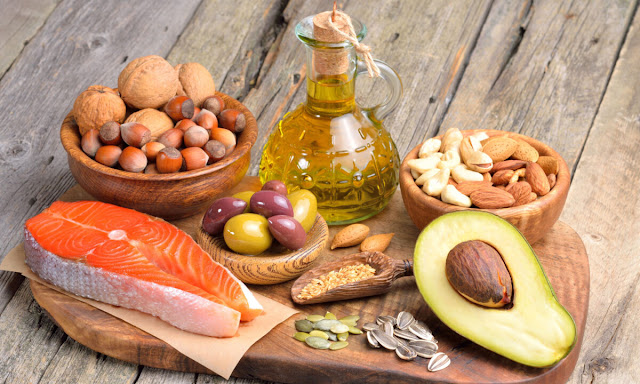Analyzing Regional Market Dynamics of Animal Fats and Oils Market
The animal fats and oils market is influenced by regional market dynamics, with variations in demand, consumption patterns, regulatory frameworks, and cultural preferences. Analyzing these regional dynamics provides insights into market trends, growth opportunities, and challenges in specific geographical areas.
North America is a significant
market for animal fats and oils, driven by the robust food industry, increased
consumer awareness of nutritional values, and the growing demand for organic
and natural products. The region is witnessing a shift towards healthier
cooking oils and animal fats, creating opportunities for market players to
introduce value-added products. The United States and Canada are the key
contributors to the market growth in North America, with a focus on sustainable
sourcing and clean-label products.
The global
Animal Fats and Oils market size was valued at US$ 279.30
billion in 2023 and is expected to reach US$ 475.58 billion by
2030, grow at a compound annual growth rate (CAGR) of 7.9% from
2023 to 2030.
In Europe, the animal fats and
oils market is influenced by stringent regulations and sustainability
initiatives. The region has witnessed a decline in consumption due to health
concerns related to saturated fats. However, there is a rising demand for
sustainable and certified animal fats and oils, particularly in the specialty
food and cosmetics sectors. European countries like Germany, France, and the
United Kingdom are at the forefront of sustainable sourcing practices and
animal welfare standards, driving market growth in the region.
Asia Pacific is a rapidly growing
market for animal fats and oils, driven by the increasing population, changing
dietary patterns, and rising disposable incomes. Countries like China, India,
and Japan are the major consumers, with a significant demand for animal-based
products. The market in this region is characterized by a combination of
traditional animal fats and oils, such as ghee and tallow, along with the
adoption of newer sources and alternatives. Furthermore, the growing awareness
of health and nutrition is driving the demand for functional animal fats and
oils in the region.
Latin America is witnessing a
steady growth in the animal fats and oils market, with Brazil being the major
player in the region. The demand is primarily driven by the food industry,
where animal fats and oils are used in traditional cooking and food
preparations. The region also holds potential for sustainable sourcing practices
and the utilization of animal by-products, contributing to market growth.
The global
Sinking Fish Feed market size was valued at US$ 10.76 billion in 2023
and is expected to reach US$ 14.65 billion by 2030, grow at a compound annual
growth rate (CAGR) of 4.5% from 2023 to 2030.
The Middle East and Africa
present unique market dynamics for animal fats and oils. In the Middle East,
the consumption of animal fats and oils is influenced by cultural and culinary
traditions, with products like ghee and tallow being widely used. The region
also shows potential for the utilization of animal fats and oils in the growing
cosmetics and personal care sector. In Africa, the market is driven by the
demand for cooking oils and ingredients in traditional cuisines. However, the
region also faces challenges related to the availability of sustainable
sourcing practices and infrastructure development.
Analyzing regional market
dynamics is crucial for understanding the animal fats and oils market on a
global scale. Each region presents unique opportunities and challenges, driven
by factors such as consumer preferences, regulatory frameworks, cultural
influences, and economic growth. By recognizing and adapting to these dynamics,
market players can tailor their strategies and offerings to meet the specific
demands of each region, contributing to their growth and success in the animal
fats and oils industry.




Comments
Post a Comment